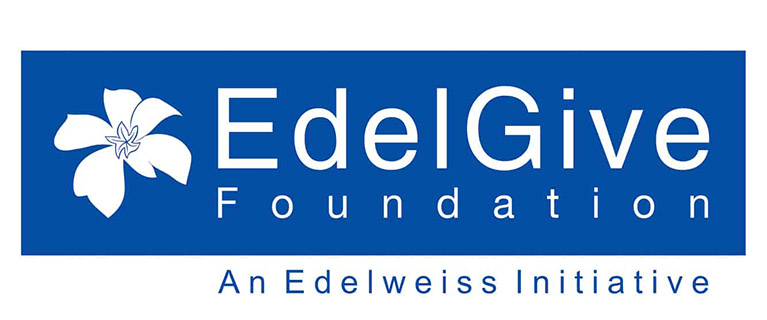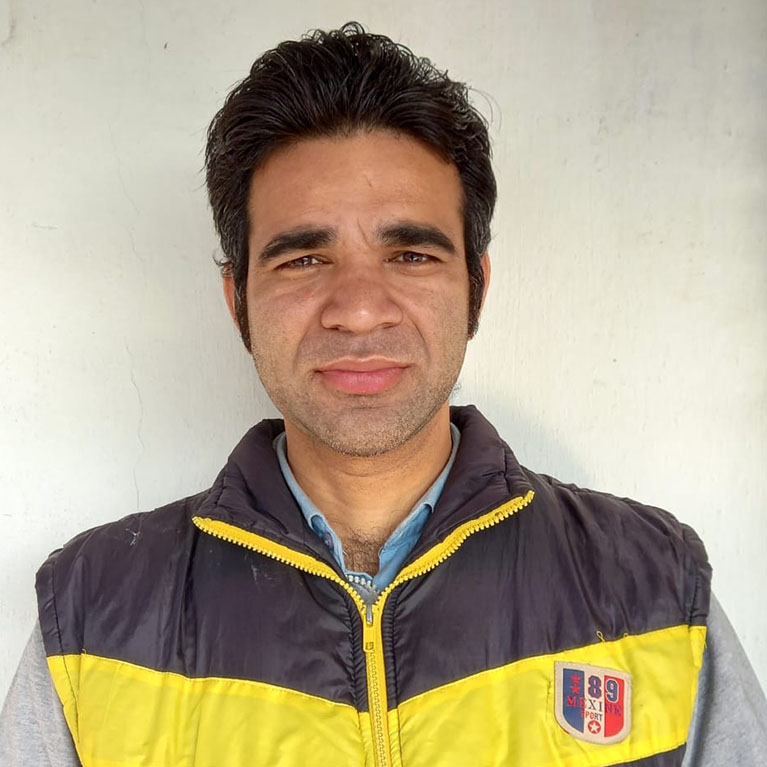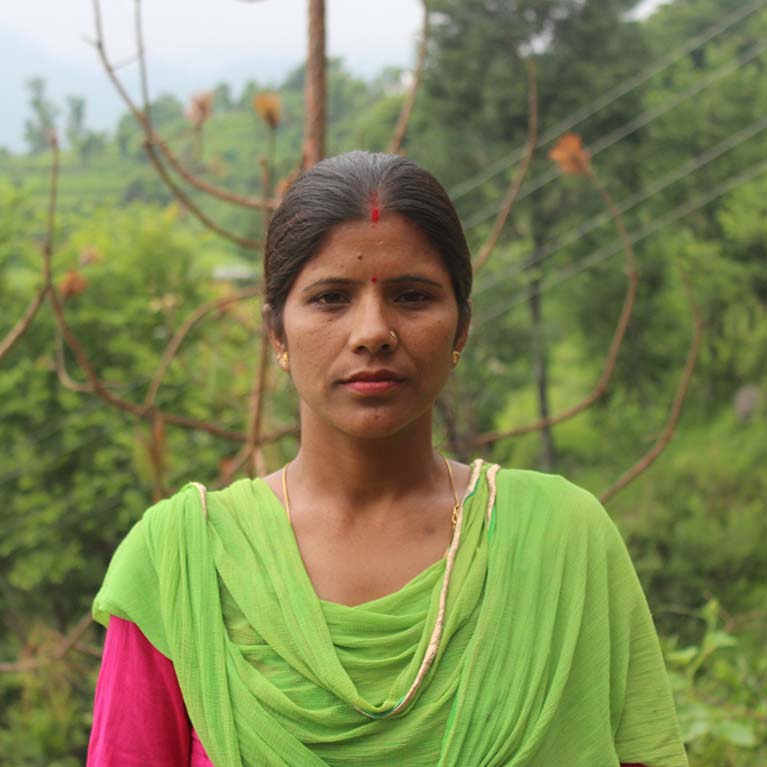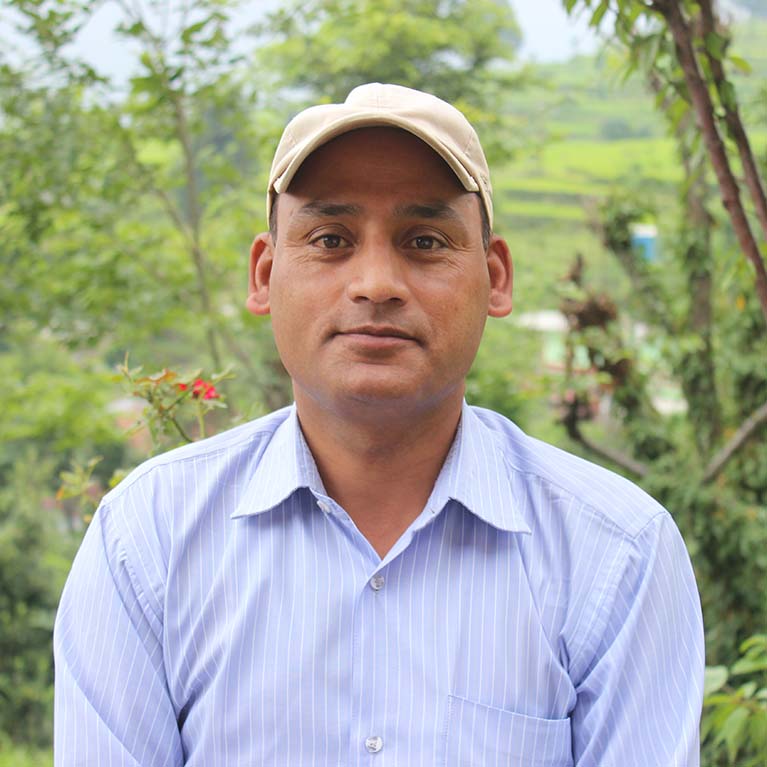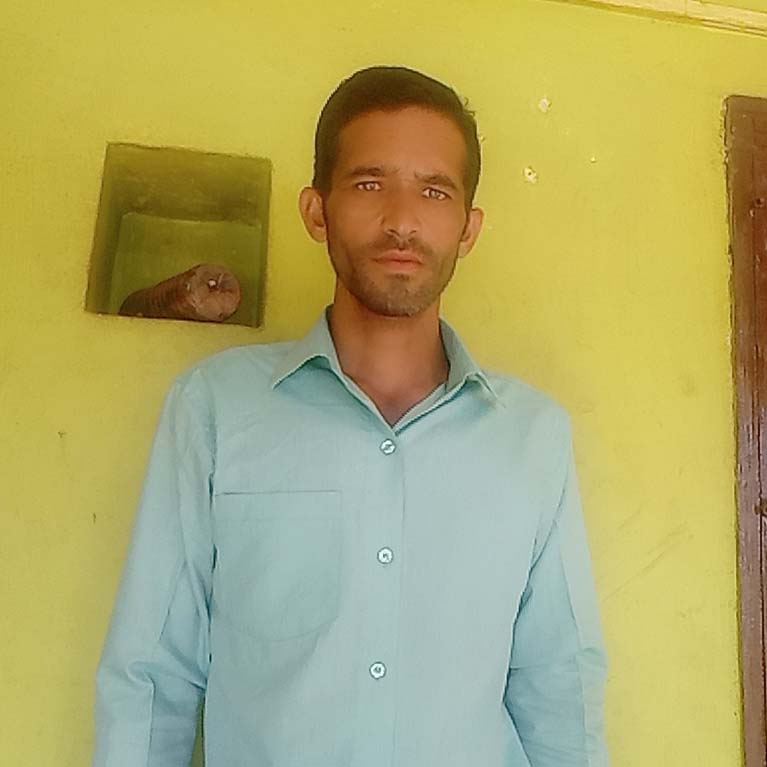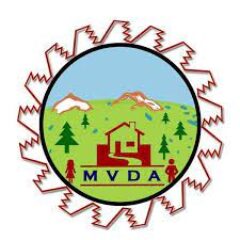In the ever-changing cycle of nature, pine trees gracefully shed their needles each year, a process that ensures their continued health. These fallen needles, eventually decomposing, make way for new growth. However, it is important to understand the implications of dried pine needles in certain contexts. With their high resin content, dried pine needles become highly flammable, posing a fire risk, particularly during dry conditions. This vulnerability can lead to forest fires, causing extensive damage and threatening ecosystems.
Beyond the risk of fires, pine needles can also hinder the growth of new plants. Their presence on the forest floor blocks sunlight and moisture, creating an inhospitable environment for emerging flora. Biodiversity may suffer as the layer of pine needles becomes an obstacle for the establishment and development of new plant life.
opportunity to transform pine needles into something remarkable. Handicrafts made from pine needles offer a means to reduce waste and contribute to environmental sustainability. By repurposing this natural resource, we divert pine needles from landfills and incinerators, effectively reducing the burden on our ecosystems. Furthermore, the utilization of pine needles in handicrafts helps diminish the demand or synthetic materials, which often come at a great cost to the environment.
The potential for creativity with pine needles knows no bounds. Skilled artisans can weave, braid, and sew these needles, known as “piltu” or “pirul” in the local language, into an array of beautiful and functional objects. From baskets and mats to coasters, baskets and keychains, pine needle handicrafts offer a diverse range of possibilities. Engaging in this art form transcends age barriers, providing an enjoyable and rewarding activity for all. It not only encourages creativity but also fosters the acquisition of new skills, allowing individuals to forge a deeper connection with nature and appreciate its inherent beauty.
In the pursuit of preserving traditional crafts and empowering artisans,organizations like the Mount Valley Development Association (MVDA) stand as beacons of support. MVDA provides a platform for talented individuals, offering them an opportunity to showcase their skills and contribute to a more environmentally conscious society. Through training programs and workshops, this organization equips artisans with the necessary knowledge and techniques to excel in pine needle crafting. For many artisans, MVDA has been a transformative force, allowing them to break free from societal constraints and become financially independent.
As we embrace the potential of pine needles and their role in handicrafts, we embark on a journey that merges creativity, sustainability, and appreciation for the natural world. By repurposing these discarded needles, we can reduce waste, minimize environmental impact, and create unique pieces that celebrate the beauty of nature. The art of pine needle handicrafts not only enriches our lives with exquisite creations but also empowers artisans and supports organizations like MVDA in their mission to foster positive change. Together, we can weave a tapestry of creativity, resilience, and environmental stewardship, leaving a lasting impact on both our communities and the planet we call home.








